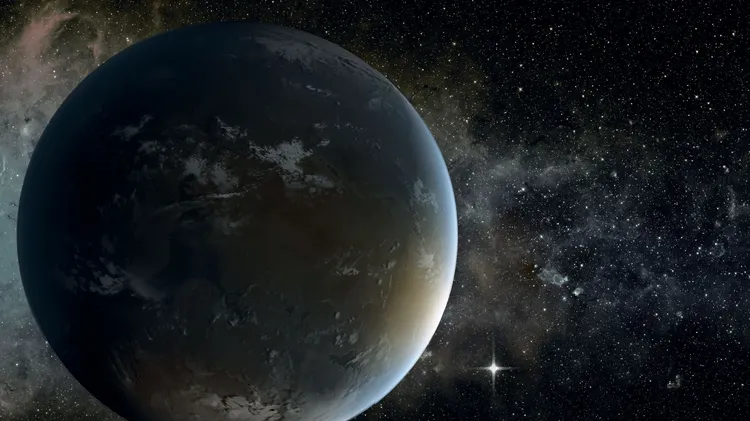The motion of stars in the stellar nursery may reveal how
Stars form fast in the lagoon nebula
2 min read
This article is from...
Read this article and 8000+ more magazines and newspapers on Readly






